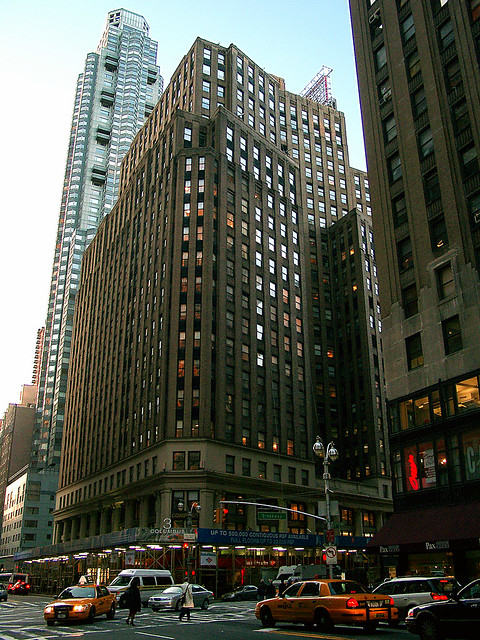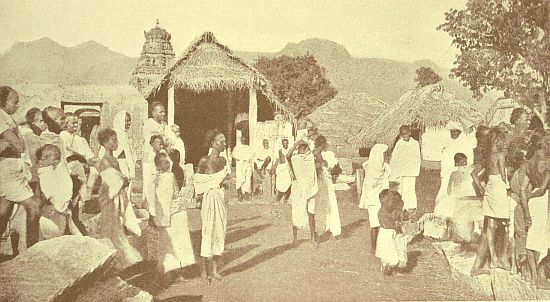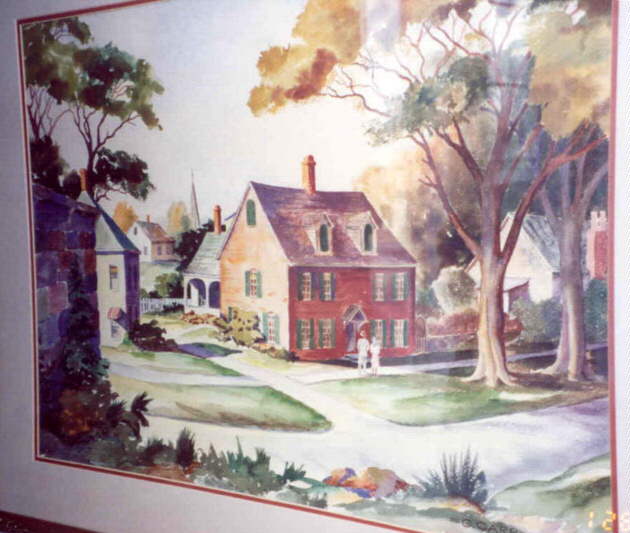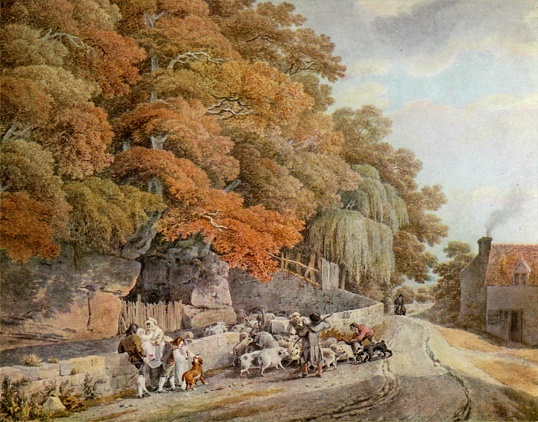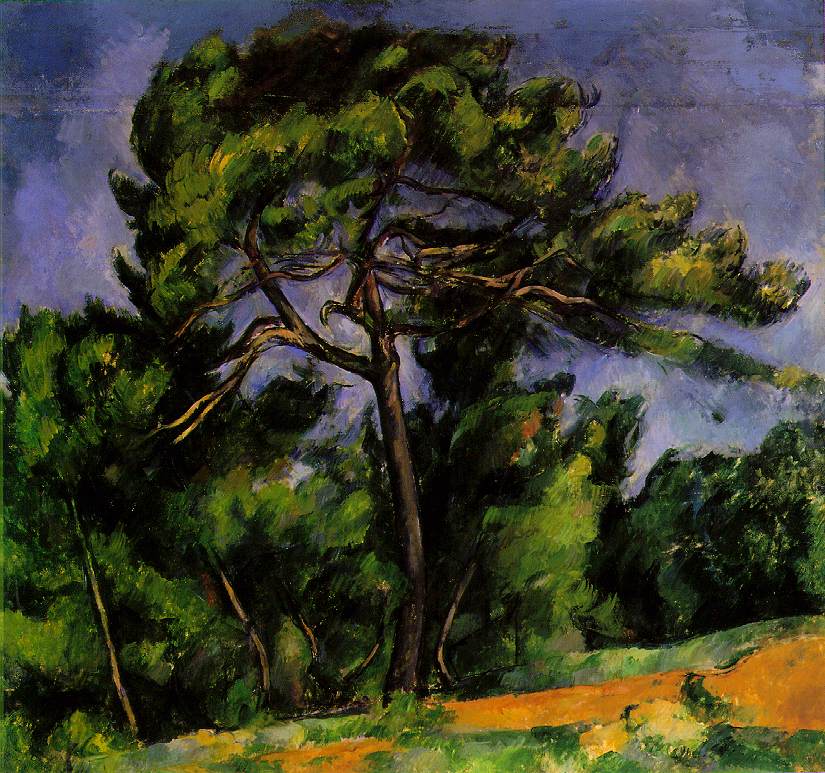
The Javanese are the largest ethnic group in Indonesia who came from Central Java, East Java, and Yogyakarta. At least 41.7% of Indonesia's population is ethnically Javanese. In addition to the three provinces, many Javanese living in Lampung, Banten, Jakarta and North Sumatra. In West Java they are found in Indramayu district and Cirebon. Java tribe also has a sub-tribe, such as Osing and Tengger.
Language
Ethnic groups mostly use Java in the Java language spoken daily. In a survey conducted Tempo magazine in the early 1990s, approximately only 12% of people that use Java, the Indonesian language as their language of everyday, around 18% using the Java language and Indonesia are mixed, and the rest just use the Java language course .
Java language has different rules vocabulary and intonation based on the relationship between the speaker and speaker, known as the upload-ungguh. This linguistic aspect has a strong social influence in Javanese culture, and making the Javanese are usually very aware of social status in society.
Trust
Most Javanese are nominally embraced Islam. But there is also a Protestant and Catholic religion. They are also found in rural areas. Buddhists and Hindus also were also found among the Java community. There is also a tribal religious beliefs as a religion of Java, called Javanist. This belief is mainly based on animistic beliefs with the Hindu-Buddhist influence is strong. Java community is famous for its nature of syncretism trust. All foreign cultures are absorbed and interpreted according to the values of Java so trust someone sometimes become blurred.
Art
Javanese culture is famous for his art is mainly influenced by the Hindu-Buddhist religion, which is staging puppet. Repertory puppet story or play is mostly based on Hindu epic Ramayana and the Mahabharata. In addition to Indian influence, the influence of Islam and the Western World there as well. Batik art and kris are two forms of expressions of Javanese society. Gamelan music, which is also found in Bali plays an important role in the life of Javanese culture and tradition.







